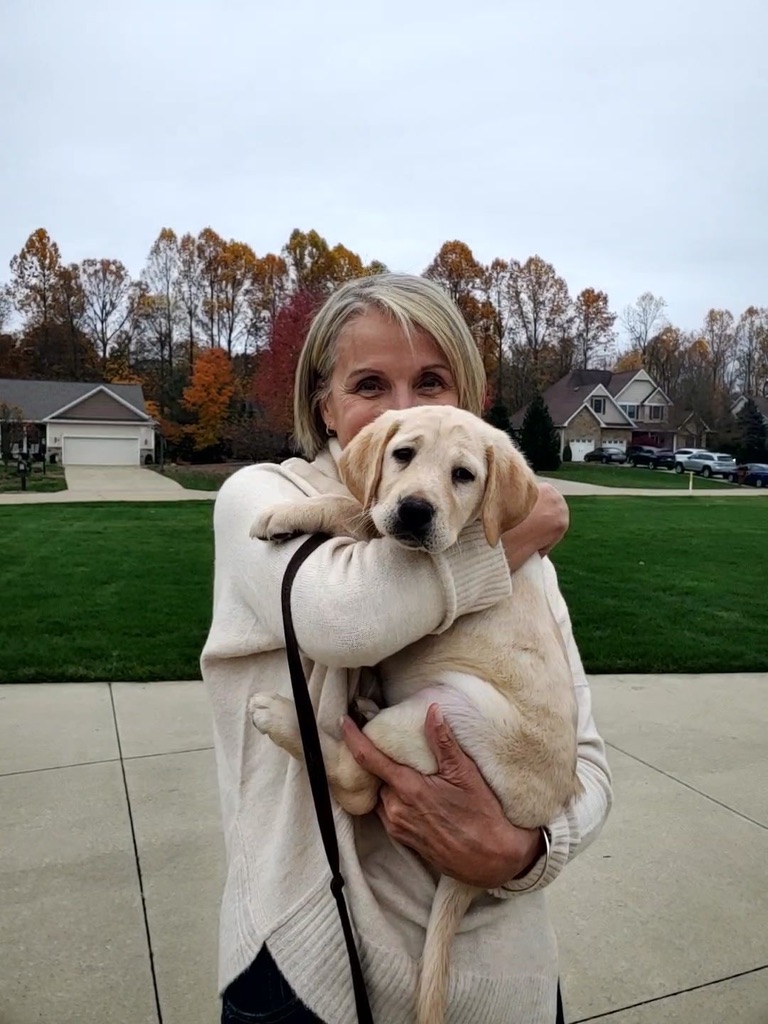This article is an excellent summary of Dr. Omar Minwalla’s SAIT (sex addition induced trauma) model which critically challenges the current treatment approach for individuals and their impacted partners and families. Sex addiction induced perpetration has multiple levels of impact , often seen in a constellation of symptoms manifested as complex PTSD. For more information on Dr. Omar Minwalla please visit his website at the link below:
Sex Addiction-Induced Perpetration (SAIP) goes
Undiagnosed and Untreated.
Sex addiction-compulsivity disorders include dynamics of perpetration, violation and abuse, which go undiagnosed and untreated in existing treatment models.
Dr. Omar Minwalla, The Institute for Sexual Health (ISH); 2014
The focus of traditional sex addiction-compulsivity treatment models tends to be on diagnosing and stopping specific sexual behaviors, referred to as, sexual sobriety (Carnes, P., 2001; Coleman, E., 1990; Coleman, E., 2011). From a clinical treatment perspective, it is correct and necessary to implement behavioral containment and stop destructive or problematic behaviors. However, this is where most treatment ends, rather then also treating the other patterns of abuse of human beings and violations of human rights, termed “sex addiction-induced perpetrations” (SAIP) (Minwalla, O., 2011; Minwalla, O., 2012).
The problem is sexual acting out disorders are not just sexual behaviors (Minwalla, O., 2012), but are also abusive conduct patterns and complex pathologic systems, which often include elaborate deceptive compartmentalized sexual-relational realities and systems of abusive covert management (Jason, S., 2008; Minwalla, O., 2011; Minwalla, O., 2012). These are patterns of methodical planning over time, careful construction of manipulation of others and cognitive schemas well maintained in order to keep a compartmentalized reality protected from discovery (Jason, S., 2008). It takes pre-planning to sexually-act out in many instances, sometimes requiring days of strategizing against the integrity of vital relational stability and family infrastructure required for health. In fact, maintaining a compartmentalized sexual or relational reality within a family system and relational intimate life takes profound energy to orchestrate and maintain, requiring careful and skilled methodology. This is not simply impulsive or compulsive sexual behavior.
A disorder of chronic lying in a family system is pathology and requires treatment, regardless of sexual acting out or not. Chronic patterns of establishing and maintaining a deceptive, compartmentalized sexual-relational system in an intimate relationship or family system, is pathology and harmful, which is more accurate in description then simply “compulsive pornography use”. The process of gaslighting an intimate partner (Jason, S., 2008), the process of intentional psychological manipulation of victim’s reality (Jason, S., 2008) or any human being over time is a form of emotional and psychological abuse and torture, eroding and damaging the victim’s survival instincts and intuition (Minwalla, O., 2011), regardless of sexual behaviors (Jason, S., 2008). Clearly, there exist many symptoms of pathology, beyond the single symptom of “lack of control of specific sexual behaviors” or “compulsivity”.
Sexual sobriety alone is an inadequate treatment model (Minwalla, O., 2011). Sex addiction-induced perpetration (SAIP) is clinical pathology (Minwalla, O., 2012). However, within traditional treatment models (Carnes, P., 2001; Coleman, E., 1990), there exists no established diagnostic or clinical formulation for sex addiction-induced perpetration (SAIP) and no treatment, methodology or clinical paradigm that accounts for and treats sex addiction-induced perpetration (SAIP). This is a serious omission in the field and in clinical practice (Minwalla, O., 2012). The reality here is that the preoccupation with diagnosing and treating these complex pathologies as simply “compulsive or impulse control disorders” (Carnes, P., 2001; Coleman, E., 1990), and focusing on treating sexual behaviors, while avoiding and omitting the proper diagnosis of abuse and covert violence, leaves dynamics of serious pathology untreated (Minwalla, O., 2011; Minwalla, O., 2012).
This also means that the people harmed, the victims of these dynamics of abuse, are rendered invisible (Minwalla, O., 2012; Herman, J., 1997). Their trauma and experiences are not being accounted for in clinical treatment models and their suffering is being dishonored by the complete omission, silence and denial that pervade in existing treatment models. They are dishonored by the professional practice of being satisfied with simple behavioral control over specific sexual patterns (sexual sobriety) as the primary objective of treatment.
Victims need recognition of the patterns of harm and abuse they experience and have endured, which goes way beyond the Pollyanna descriptions of “hurt and betrayal” caused by specific sexual acting out behaviors. Furthermore, female victims are violated further by being labeled “co-sex addicts” (Carnes, P., 1991) routinely by professionals and “educated that they have a disease of self-perpetration”, rather then being afforded therapeutic intervention for abuse and assessment and treatment for consequent acute and complex trauma (C-PTSD) (Steffens, B., and Means, M., 2009; Jason, S., and Minwalla, O., 2008; Minwalla, O., 2011).
The Sex Addiction-Induced Trauma Model (SAITM) (Minwalla, O., 2011) accounts for the clinical management and treatment of both sexual behaviors and sexual compulsivity-induced perpetrations (SAIP) (Minwalla, O., 2011). According to the model, sex addiction-compulsivity disorders are defined as, “a complex system of sexual, personality, and masculinity pathology, which may include the maintenance of a deceptive, compartmentalized sexual-relational reality, sexual-relational acting out behaviors, and other patterns of perpetration, abuse and violation that causes serious PTSD and C-PTSD (SAIT) in victims, all which requires a clinical management and treatment paradigm (SAITM)” (Minwalla, O., 2011).
The model proposes clinical management that includes assessing and diagnosing sex addiction-induced perpetrations and providing appropriate safety, stabilization, and clinical de-escalation for victims. Clinical management would also provide methodological treatment for perpetration-focused management, clinical resolution, and psychological integration. Clinical treatment would also include relational, family and social considerations, as indicated, in a perpetration-victimization and post-traumatic clinical context and conscious framework (Minwalla, O., 2011; Minwalla, O., 2012).
The American Psychological Association’s (APA) Intimate Partner Abuse and Relationship Violence Working Group (APA, 2002c) concluded,
“We suggest that those involved in partner violence have specialized treatment needs and that those who treat them must do so with sensitivity and from a base of knowledge that comes from specialized training. Psychologists who do not have the requisite training potentially endanger their clients, and likely commit an ethical violation. Those who are teaching psychologists-to-be but who do not teach them about partner violence are abrogating their responsibility and risk perpetrating the conditions which foster this problem” (American Psychological Association, 2007).
Perpetration requires treatment and appropriate clinical intervention, not defensive denial, silence and professional avoidance. Clinical pathology that contributes to serious harm and violation of others and human rights requires an organized clinical methodology and direct clinical management, not undefined, underdeveloped or squeamish clinical approaches. After all and in fact, it is often these dynamics of sex addiction-induced perpetrations (SAIP) that often “induced trauma” and does more human damage, and accrues more human cost, then sexual acting out behaviors alone ever possibly could.
References:
American Psychological Association (2007). Guidelines for Psychological Practice with Girls and Women. American Psychologist, 26(9), 949-979.
Carnes, P., (1991). Don’t Call It Love: Recovering from Sexual Addiction. New York, NY: Bantum Books.
Carnes, P. (2001). Out of the Shadows: Understanding Sexual Addiction. Center City, MN: Hazelden.
Coleman, E., (1990). The obsessive-compulsive model for describing compulsive sexual behavior. American Journal of Preventive Psychiatry and Neurology, 2, 9-14.
Coleman, E., (2011) Chapter 28. Impulsive/compulsive sexual behavior: Assessment and treatment. In Grant, Jon E., Potenza, Marc N., The Oxford Handbook of Impulse Control disorders. New York: Oxford University Press., p 375.
Herman, J. (1977). Trauma and Recovery: The Aftermath of Violence – from Domestic Abuse to Political Terror (2nd ed.). New York, NY: Basic Books.
Intimate Partner Abuse and Relationship Violence Working Group, Funded by the Committee on Divisions/APA Relations (2001). Intimate Partner Abuse and Relationship Violence. Retrieved fromhttp://www.apa.org/about/division/activities/partner-abuse.pdf
Jason, S. & Minwalla, O. (2008, September). Sexual Trauma Model: Partner’s Reaction, Addict’s Reaction. Presented at the national conference of The Society for the Advancement of Sexual Health (SASH), (APA Accredited Presentation); Boston, Massachusetts.
Minwalla, O. (2011, September). A New Generation of Sex Addiction Treatment: The Sex Addiction-Induced Trauma Model for the Treatment of Sex Addicts, Partners, and the Couple. Presented at the national conference of The Society for the Advancement of Sexual Health (SASH), (APA Accredited Presentation); San Diego, California.
Minwalla, O. (2012, July, 23). Partners of Sex Addicts Need Treatment for Trauma. The National Psychologist.
Minwalla, O. (2012, September, 12). The “Co-Sex Addict” Paradigm: A Model of Diagnostic Mislabeling that Perpetuates Gender-Based Violence and the Oppression of Women. Presented at the National Conference for The Society for the Advancement of Sexual Health (SASH) (APA Accredited Presentation); San Antonio, Texas.
Steffens, B. & Means, M. (2009). Your Sexually Addicted Spouse: How Partners Can Cope and Heal. Far Hills, NJ: New Horizon Press.
______________________________________________________________________________________________
Sex addiction-compulsivity disorders involve dynamics of perpetration, violation and abuse, which go untreated in existing treatment models. Dr. Omar Minwalla
The Institute for Sexual Health (ISH); 2014; The Institute for Sexual Health (ISH); http://theinstituteforsexualhealth.com





[…] Partner and Family Trauma as a consequence of Sexual Addiction/Compulsion […]
Hello Phoenix – thank you for sending me the link to your website – I would consider posting it if there was a name and identity associated with it as I believe that healing in the ways that you describe are powerful and should be fully seen – Best Liz
Best and only truly victim focused dialogue I have ever read !I wish you could share more . The anger that is consuming me from a sexual compulsive burglary in my home while my young son and husband were sleeping ! I got up to get a water at 0130 to find my neighbor and a flashlight in my hamper ? He attempted suicide a couple days later , unsuccessful in the efforts . I have been neighbors with him and his wife and three kids for over 15 years ! I can’t get past the overwhelming all consuming anger , not fear but violated in a way that nobody should be . Extremely confused and ultimately anger that I know isn’t healthy. Thank you